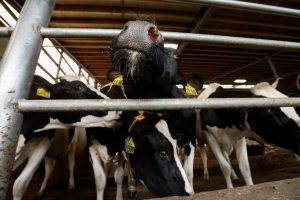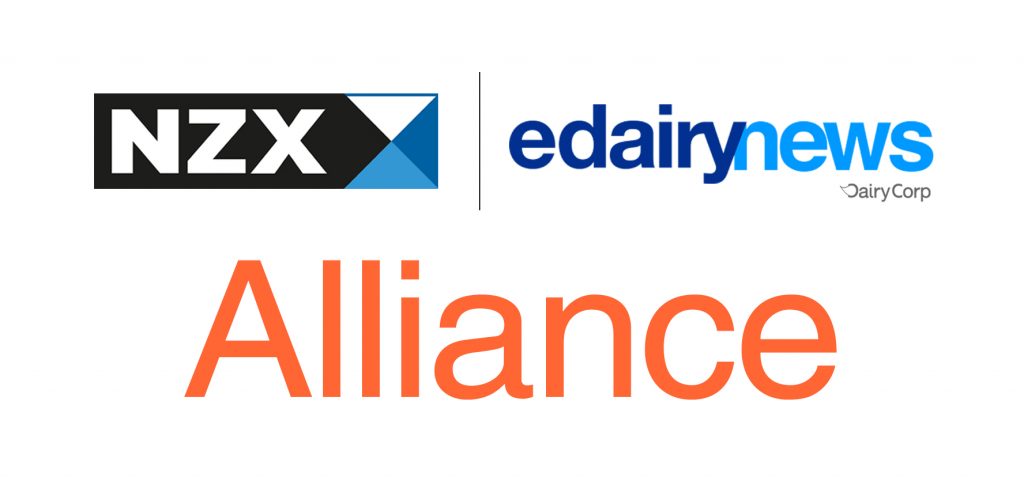Stopping and observing are the first steps to efficiency.
Dairy farmers work through similar processes every day, but taking another look at ordinary tasks can yield significant time and financial savings.
Process evaluation has many names, including lean, Kaizan or Six Sigma, but the concepts are similar: constantly improve, find bottlenecks and reduce waste, says Dr. Chris Church, a master’s student at the Lang School of Business at the University of Guelph.
“Small improvements result in big changes,” said Church during the Progressive Dairy Operators recent symposium.
He is a veterinarian who practised in Ontario for 15 years and then worked for Elanco as a transition cow troubleshooter. That gave him an inside look at how a large company efficiently manages its processes.
Elanco parent company Eli Lilly makes pharmaceuticals and worked with Toyota to improve its processes.
The Japanese car company is known for being an originator of process evaluation. Church says Elanco worked to bring process improvement to large farming operations, including feedlots and dairy farms.
He advises producers not to wait for new equipment or a new barn to begin the process. Everything won’t be perfect when the cows are milked in a new barn, says Church, and the culture of continual improvement must be used.
Many farmers are wired for continuous improvement, but some are so busy that they don’t have time to stand back and see the simple changes that can make life easier for their workers and themselves.
“How well do you understand your farm’s picture, broadly?” asks Church. “How much can you explain that to your staff? Sometimes they get it. Sometimes you have to drag the employees along.”
With observations should come metrics. Lack of ability to connect changes to finances led Church to complete a Masters of Business Administration. A combination of financial and production metrics are needed to tell the whole story.
As an example, fall milk incentives are temporary quotas given to meet demand for more milk products toward the end of the year. Many farmers ramp up milk production to fill the fall incentives and increase income.
Church questions whether they understand the knock-on costs of managing extra cows. He says a farm might calve more cows to fill fall incentives, but in doing so, the barn is overcrowded and average milk production could drop, negating the ability to meet the incentive and resulting in less income per cow.
“You don’t rise to the level of your goals. You fall to the level of your systems,” says Church.
Some areas to look for process improvement on dairy farms include:
- Milking: Have someone observe some milkings to find any restrictions in the system.
- CowSignals for the farm: The popular program has encouraged farmers to step back and observe key points of health for cows. Church suggests doing the same for the whole farm.
- Feeding: Is the feed efficiently harvested from bunk silos and left with the least spoilage and loss between feedings?
- TMR mixers: What is blowing away when feed is mixed in windy conditions? It’s likely minerals, the most expensive part of the mix by volume.
- Standardize: Create standard operating principles for the best improvements, make them visual and post them for all workers to see.
- Communicate metrics: Let staff see where areas are improving or failing and give them some responsibility and accolades for results.
You can now read the most important #news on #eDairyNews #Whatsapp channels!!!
🇺🇸 eDairy News INGLÊS: https://whatsapp.com/channel/0029VaKsjzGDTkJyIN6hcP1K
















